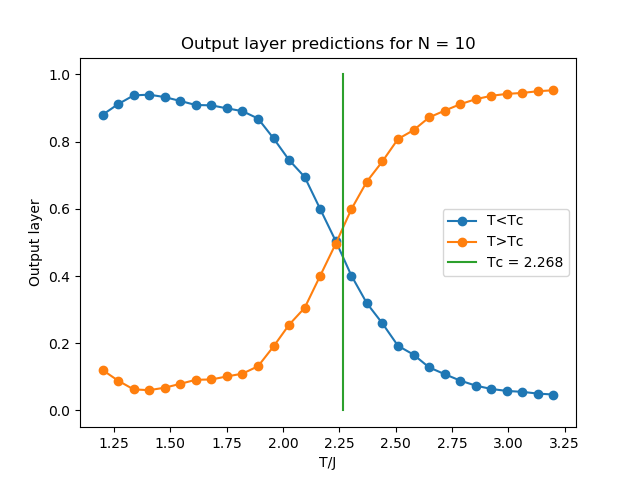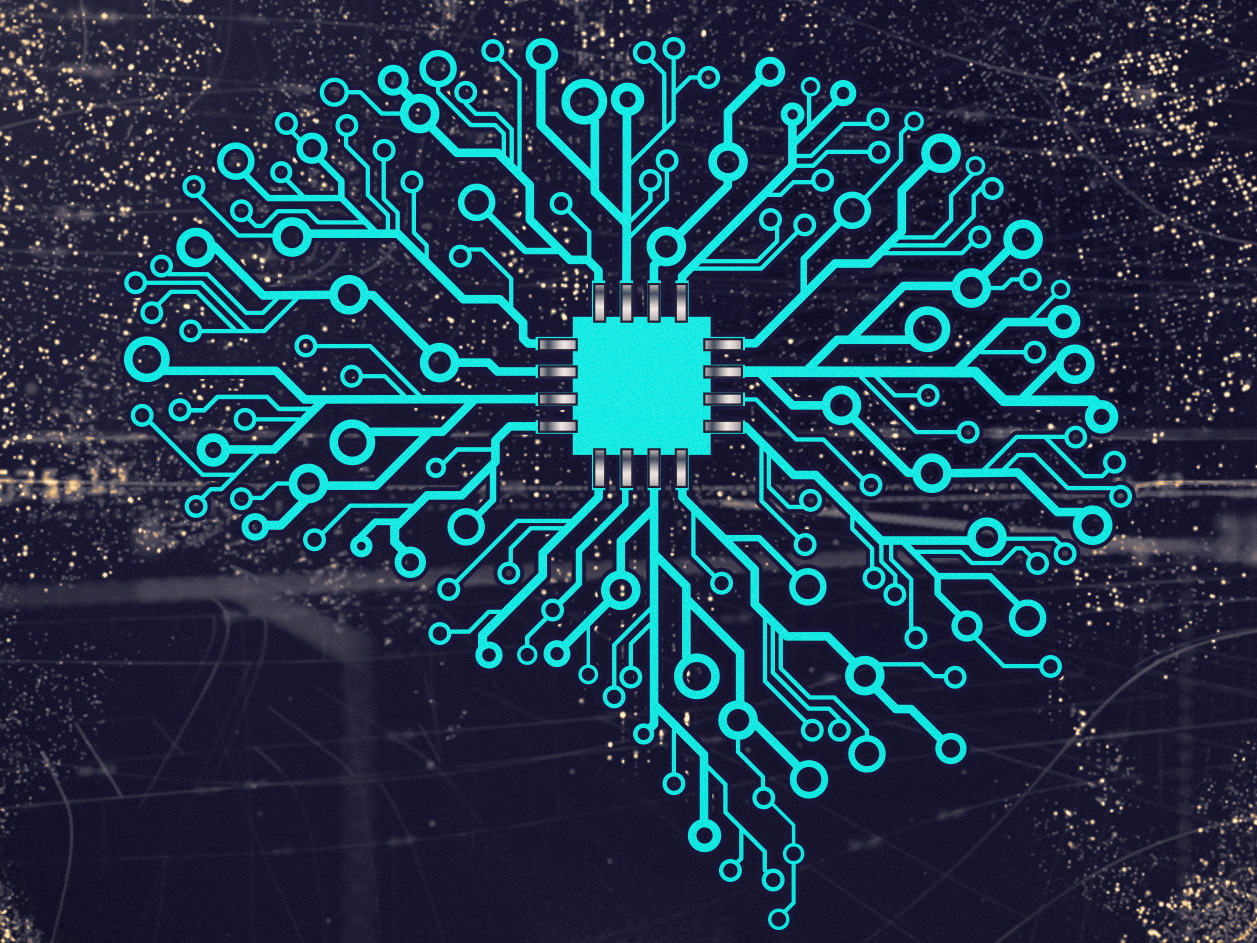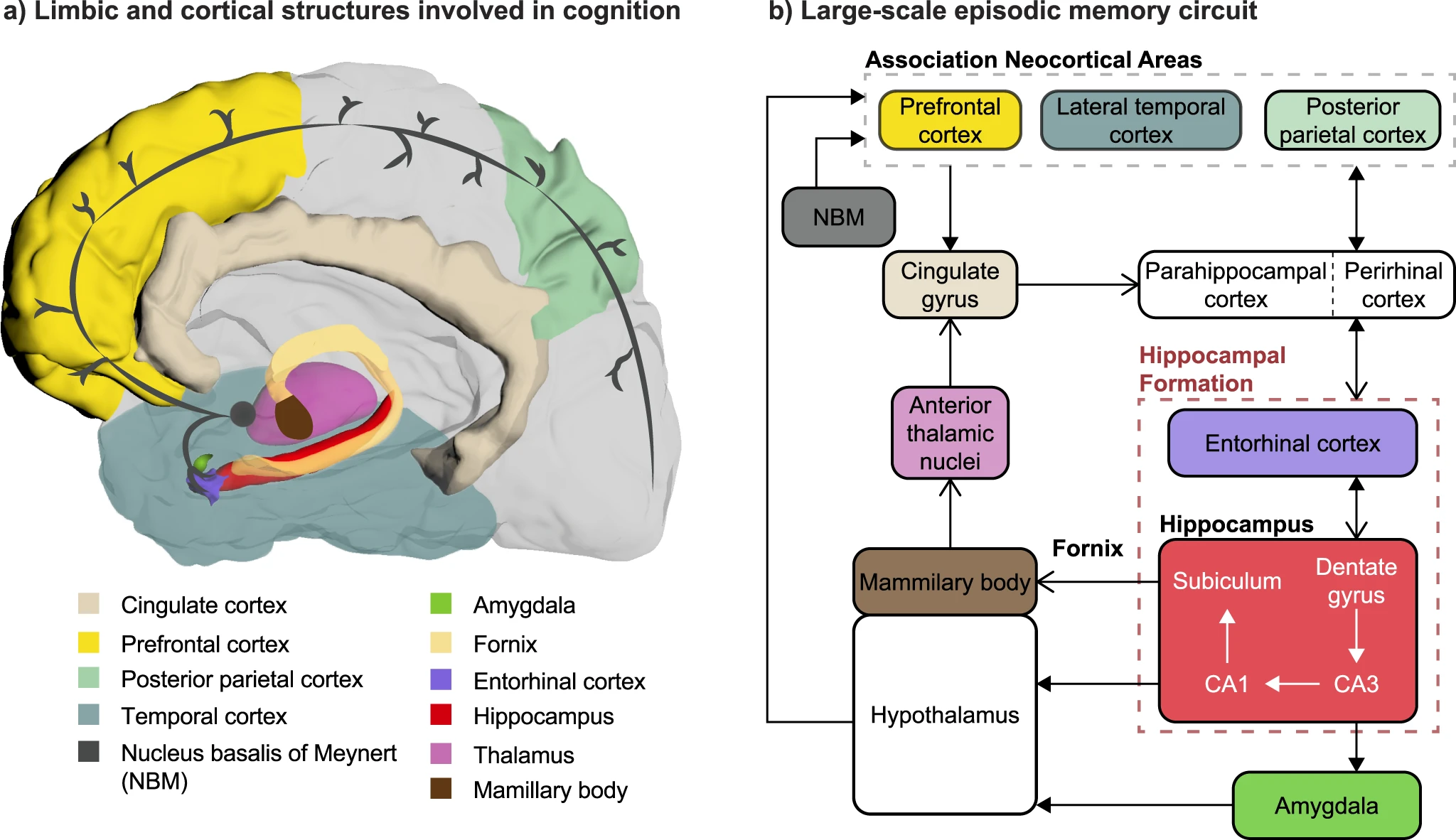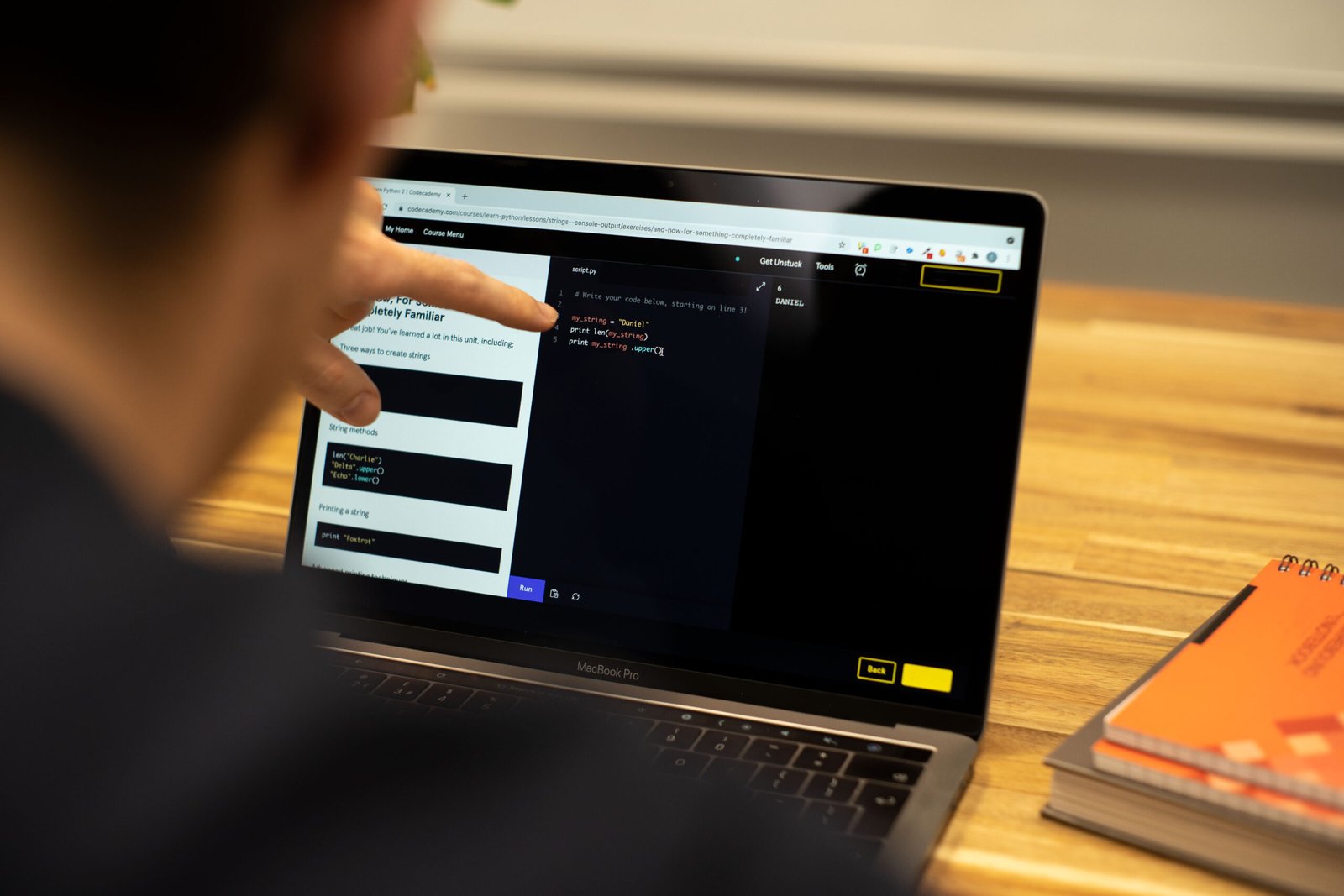Imagine a machine that recognizes your face, predicts your next move, or composes music that stirs your soul. This isn’t magic—it’s the power of neural networks, a branch of artificial intelligence that dares to imitate the most complex structure known: the human brain. But as much as we marvel at AI’s feats, the truth is, its “thinking” is both shockingly similar to and wildly different from our own. Let’s journey inside the world of neural networks and discover just how close—yet how far—they come to being truly human.
The Spark of Inspiration: Why the Brain Became AI’s Blueprint
For decades, scientists have looked to the human brain as the gold standard of intelligence. Our brains, with roughly 86 billion neurons, are astonishingly good at making sense of chaos—recognizing faces in a crowd, feeling empathy, or learning from a single mistake. In the 1940s, researchers wondered if machines could do something similar. This curiosity led to the birth of neural networks, with the aim of copying the brain’s ability to learn and adapt. The idea was as bold as it was simple: if we could mimic the brain’s wiring, maybe we could create machines that think and learn too.
What Exactly Is a Neural Network?
A neural network is a type of computer program designed to recognize patterns and solve problems, inspired by the way biological brains work. Imagine a web of interconnected “neurons”—tiny processing units—arranged in layers. Each neuron receives information, does a bit of math, and passes its output to the next layer. These networks can range from a handful of neurons to millions, depending on the task. Unlike traditional software, neural networks don’t follow rigid instructions. Instead, they learn by adjusting the strength of the connections between neurons, gradually getting better with experience.
Layers Upon Layers: The Architecture of Thought

If you peek inside a neural network, you’ll see layers stacked one after another—like floors in a high-rise building. The first layer takes in raw data, such as pixels from an image. Each subsequent layer interprets the information a bit more deeply, identifying edges, shapes, or even entire objects. This process, called “deep learning,” allows AI to make sense of complex data. For example, to recognize a cat, the network’s early layers might detect lines and colors, while deeper layers assemble those features into a furry, whiskered face. Each layer builds on the previous, much like the brain assembles signals from our senses into a full perception of the world.
Learning Through Experience: Training a Neural Network

Just as humans learn from trial and error, neural networks are trained using data. During this training, the network makes predictions—say, whether an image contains a dog or a cat—and checks its answers against the real labels. When it gets things wrong, the connections between neurons are tweaked so the network does better next time. This process repeats thousands, sometimes millions, of times. Over time, the network “learns” to make remarkably accurate judgments, much like a child recognizing animals after seeing enough examples. However, unlike human learning, neural networks need huge volumes of data and can’t easily learn from just a few examples.
Impressive Imitations: How AI Mirrors the Brain

Neural networks succeed in mimicking some brain-like feats with stunning accuracy. They can recognize speech, translate languages, or even diagnose diseases from medical scans. For instance, AI often matches or surpasses human performance in image recognition tasks. This is because, like the brain, neural networks excel at finding subtle patterns in chaos. The process of strengthening or weakening connections—known as “weights”—bears a striking resemblance to how our brain’s synapses change as we learn. In both cases, experience shapes the pathways information travels, making the system smarter over time.
Striking Differences: Where AI Falls Short of Biology
Despite the similarities, neural networks are not miniature brains. The brain’s neurons are living cells, capable of complex chemical signaling, while AI “neurons” are just math functions. Our brains can learn from a handful of experiences, adapt to new situations on the fly, and even imagine things we’ve never seen. Neural networks, by contrast, generally need mountains of data and often struggle to generalize beyond what they’ve been trained on. They also lack the brain’s flexibility—humans can learn to ride a bike and speak a new language, but neural networks are usually specialized for one narrow job.
Speed, Scale, and Energy: Humans vs. AI
One of the most surprising differences between brains and AI is efficiency. The human brain, despite its immense power, uses about as much energy as a light bulb—roughly 20 watts. Modern AI systems, especially those powering cutting-edge language models or image recognizers, can require thousands of times more energy and specialized hardware. While AI can process data at blinding speeds, it lacks the effortless multitasking and creative leaps of the human mind. Think of it this way: AI is like a race car built for a straight track, while the brain is an all-terrain vehicle, ready for any challenge.
The Quest for Consciousness: Can AI Become Self-Aware?

This is where fascination turns into mystery. The human brain doesn’t just process information; it gives rise to thoughts, feelings, and a sense of “self.” Neural networks, no matter how advanced, operate without awareness. They crunch numbers, spot patterns, and make decisions, but they don’t “know” they’re doing it. Some scientists believe that true consciousness requires much more than complex wiring—it might depend on the rich tapestry of emotions, memories, and experiences unique to biological life. For now, AI can play chess or write poetry, but it doesn’t dream or wonder why.
Learning from Mistakes: Adaptability in Brains and Machines

Humans are masters at learning from a single mistake. Touch a hot stove once, and you’ll never forget. Neural networks, in contrast, learn slowly and often need to see many mistakes before improving. This is partly because human brains can make connections across different experiences, drawing on intuition and emotion. AI, on the other hand, is mostly limited to what it’s been explicitly shown. While researchers are working on new techniques like “few-shot learning,” which lets AI learn from small amounts of data, it’s still not as adaptable as the human mind.
Creativity and Imagination: Where the Brain Shines
Perhaps the greatest difference lies in creativity. Humans can paint masterpieces, invent new technologies, or imagine worlds that don’t exist. Neural networks can generate art, music, and stories, but they do so by remixing what they’ve seen before. They lack genuine imagination—the spark that drives a child to invent a new game or a scientist to dream up a theory. While some AI-generated works can be surprising or beautiful, their creativity is a reflection of the data they’ve been fed, not a leap into the unknown.
The Future of Neural Networks: Where Do We Go from Here?
The field of neural networks is advancing at a dizzying pace. Researchers are exploring new ways to make AI more flexible, efficient, and even more “brain-like.” Some are building networks that can reason, adapt, and understand context, while others focus on making AI systems that learn with less data. As we push the boundaries of what machines can do, we’re also forced to ask big questions about intelligence, consciousness, and what it means to be human. Every step forward is both an achievement and a reminder of the mysteries that still separate us from our creations.
The journey to build machines that think like us is as thrilling as it is humbling. Neural networks have opened doors to a future we once only dreamed of, yet the true wonder remains in the minds that imagined them. What do you think—will AI ever truly catch up to the marvel of the human brain?



